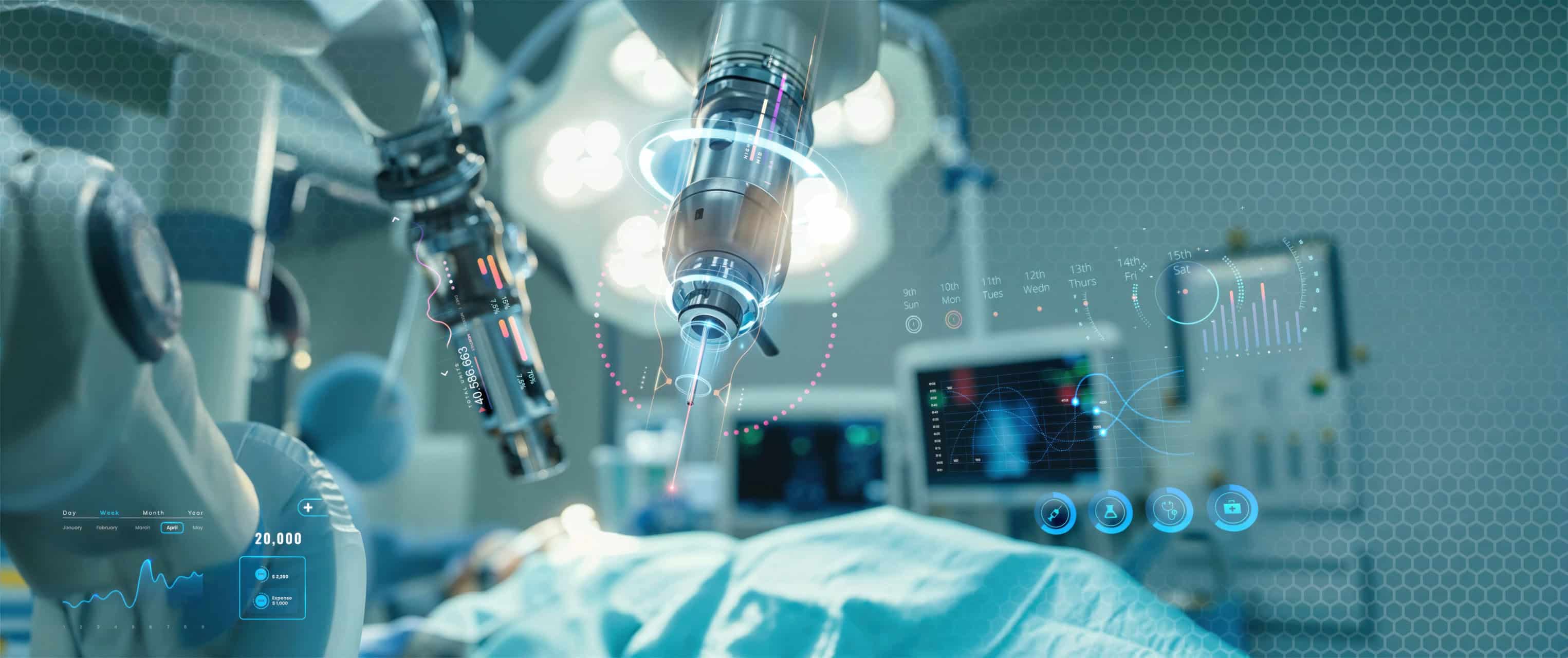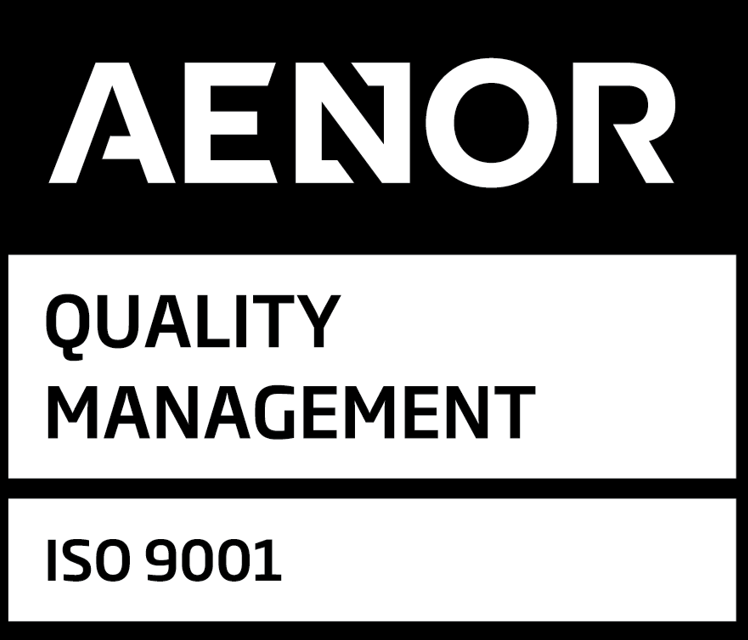
Medical Device Regulatory Excellence from Concept to Post-Market
Navigate EU MDR compliance, clinical development, and post-market surveillance with confidence. Our former Notified Body experts deliver end-to-end solutions for Class I-III devices.
Core Medical Device Expertise
Regulatory Strategy & Certification
- MDR Certification Support: Gap assessments, technical documentation remediation, and Notified Body liaison
- EU MDR Compliance Services: Article 120 transition strategies for legacy devices
- Medical Device Regulatory Pathway: Global submission planning (FDA 510(k), UKCA, Australia TGA)
- Drug-Device Combination Products: 21 CFR Part 4 compliance and borderline assessments

Clinical Development & Evidence Generation
- Clinical Development Plans: ISO 14155-aligned strategies for PMCF/clinical investigations
- Biological Evaluation Reports: ISO 10993-compliant biocompatibility assessments
- Clinical Evaluation Reports (CER): MEDDEV 2.7/1 Rev 4 and MDCG compliance with state-of-the-art analysis
- Post-Market Clinical Follow-Up (PMCF): Study design, survey implementation, and real-world evidence strategies

Specialized Services
Annex II/III packages with GSPR compliance mapping
EU MDR labeling requirements & IFU validation
MDD-to-MDR transition with QMS integration
Proactive monitoring of MDR amendments
ISO 10993 biological evaluation plans & reports; Vendor selection for cytotoxicity/genotoxicity studies;
IEC 60601 compliance strategies
PMCF survey design and statistical analysis plans
MDR Compliance Roadmap
Phase 1: Pre-Submission Preparation
Phase 2: Documentation & Validation
Phase 3: Certification & Beyond
Differentiated Expertise
ex-BSI/TÜV SÜD experts
Synchronized CER/PMCF timelines, including clinical investigations, if applicable.
68% of projects involve Class IIb/III devices; 20+ combination product submissions
100% MDR submission success rate; 30% faster certification vs industry average
Frequently Asked Questions
Ask us a Question-
What's included in a biological evaluation report?
Our ISO 10993-compliant reports include material evaluation, including the type and duration of body contact, as well as potential biological risks. They include a review of existing data, material characterization, and toxicological risk assessment. Where applicable, additional testing to address required biological endpoints can be conducted – all coordinated with accredited test labs.
-
How long does MDR certification typically take?
Most devices achieve certification in 6-18 months. Our phased approach reduces timelines by 40% through parallel documentation/validation processes.
-
What distinguishes your PMCF services?
We implement risk-based PMCF strategies combining literature reviews, registry studies, and real-world data analytics to minimize clinical trial costs.

Accelerate Your Medical Device Compliance
Whether you’re navigating MDR certification, developing clinical evidence, or managing post-market requirements – MDx delivers turnkey regulatory success.
From Biological Evaluation to Market Success. We Deliver.



